By: Dr. Elizabeth Eggert
Only a lucky few are born with straight, perfectly aligned teeth. The rest of us have to see Dr. Elizabeth or Dr. Jeff, for help restoring teeth to a healthy alignment.
Esthetic concerns often bring patients into Eggert Family Dentistry to talk about tooth alignment. However, even beyond esthetics, it’s important to know how critical good alignment is to overall dental health.
Dental alignment procedures like Invisalign may improve your smile from a visual perspective, but they also correct issues that may lead to serious dental health problems.
What issues can be improved by Invisalign and corrected with dental alignment?
Discourage Tooth Decay
When teeth are misaligned, they do a much better job of harboring bacteria, which leads to plaque buildup and tooth decay. This is because overcrowded or crooked teeth leave inaccessible nooks and crannies where bacteria thrive. When it’s challenging to access all the exposed tooth enamel with a toothbrush or floss, the area is much more prone to tooth decay.
Improve Periodontal Health
Periodontal health refers to the conditions of the periodontium, or gum tissues. Periodontal disease is disease of the gums. Crowded and overlapping teeth permit plaque and tartar to build up on tooth surfaces underneath your gums, since they’re difficult to clean. Teeth with wide gaps between them are also problematic, because exposed gums are more vulnerable to periodontal disease.
Periodontal disease is easily addressed in its early stages, so regular dental exams are an important preventative measure. When it progresses, it may cause serious tooth mobility, tooth and bone loss, and infection.
Fix Malocclusion
Malocclusion refers to poor alignment as the teeth of your upper and lower jaws meet. One person out of five suffers malocclusion, which encompasses three categories:
- Class I – when teeth are overcrowded, too far apart, or twisted
- Class II – when the lower jaw is too far back, resulting in an excessive overbite
- Class III – when the lower jaw is too far forward, resulting in an underbite
Unaddressed malocclusion puts undesirable stress on the teeth. Difficulty chewing, worn, cracked, or broken teeth, chronic pain, TMJ issues, teeth grinding, and speech problems are among the problems that can result.
Invisalign: A Discrete Yet Effective Alternative to Braces
At Eggert Family Dentistry, we are here to help prevent these problems by treating your tooth alignment problems with Invisalign.
If you are presenting any of these issues, Dr. Elizabeth or Dr. Jeff will give you a thorough exam to identify where your ideal bite should be and evaluate whether Invisalign can restore your ideal bite.
Invisalign is a clear alternative to braces. It is subtle and unobtrusive, yet effective. Patients wear clear, custom-made trays, or aligners, about 22 hours a day, removing them to eat, to drink anything but water, and to brush and floss. They are easy to get used to as they gently realign teeth. Every few weeks, you advance to a new set of aligners. Over the course of treatment, usually one to two years, your teeth gradually move into their improved location.
Invisalign is suitable for both teens and adults.
If you have any dental issues that might be resolved by improved tooth alignment, talk to Dr. Elizabeth or Dr. Jeff. They will be happy to consult with you on the best strategy to help you enjoy a new, beautiful smile as well as improved oral health.
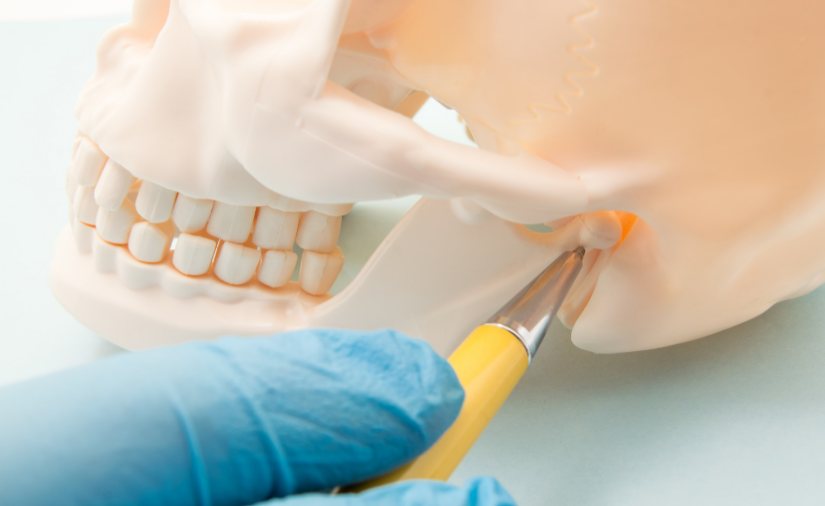




 “I enjoy working at Eggert Family Dentistry because we have a fun working atmosphere. Dr. Elizabeth and Dr. Jeff care for their patients and provide the best dental care for them.”
“I enjoy working at Eggert Family Dentistry because we have a fun working atmosphere. Dr. Elizabeth and Dr. Jeff care for their patients and provide the best dental care for them.” “I continue to love this profession! The quality of care I have had the privilege to provide over the years has been a direct reflection on those I have served. Meeting patients’ needs through listening, hands-on care and education has been so fulfilling. Our patients are the reason we do what we do.”
“I continue to love this profession! The quality of care I have had the privilege to provide over the years has been a direct reflection on those I have served. Meeting patients’ needs through listening, hands-on care and education has been so fulfilling. Our patients are the reason we do what we do.” “It is a pleasure to be part of the Eggert Family Dentistry team! We strive to make each visit a pleasant experience and to create a trusting relationship with each patient. I enjoy being part of a team that provides attentive care and top-notch education to help our patients maintain optimal health using the latest technology.”
“It is a pleasure to be part of the Eggert Family Dentistry team! We strive to make each visit a pleasant experience and to create a trusting relationship with each patient. I enjoy being part of a team that provides attentive care and top-notch education to help our patients maintain optimal health using the latest technology.” “At Eggert Family Dentistry, our entire team strives to make every patient our number one priority. We provide exceptional, personalized care in a small office setting. I enjoy working with Dr. Elizabeth and Dr. Jeff and contributing to the overall patient experience.”
“At Eggert Family Dentistry, our entire team strives to make every patient our number one priority. We provide exceptional, personalized care in a small office setting. I enjoy working with Dr. Elizabeth and Dr. Jeff and contributing to the overall patient experience.”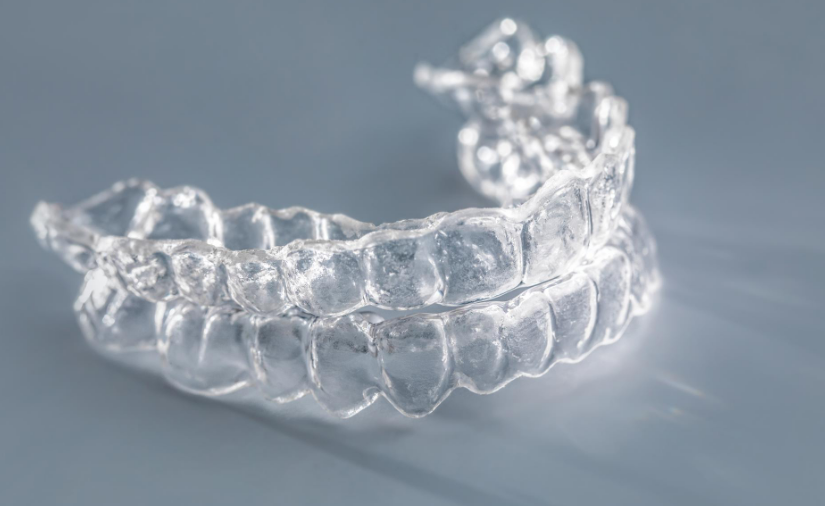

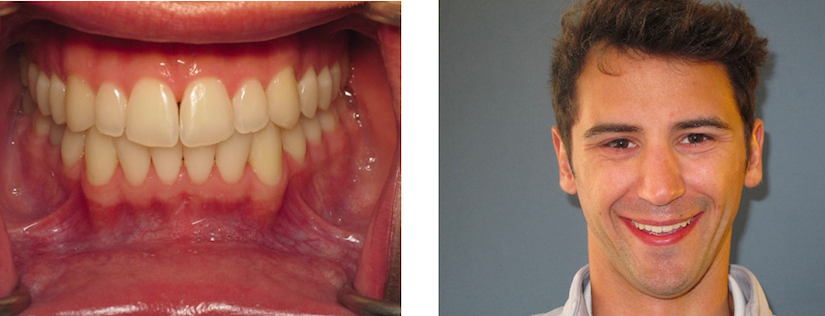
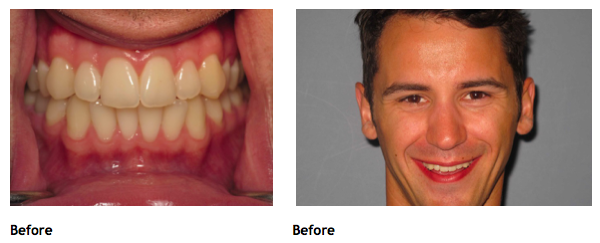
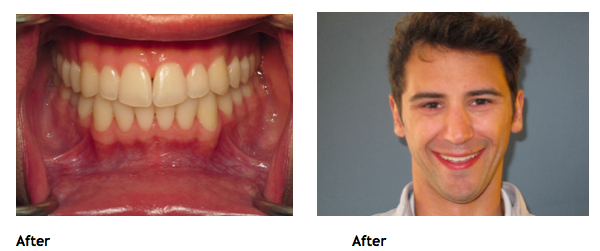
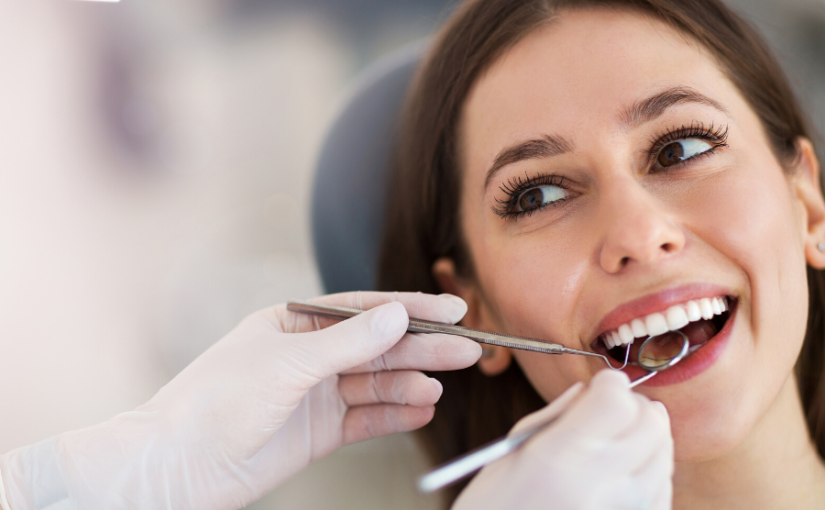

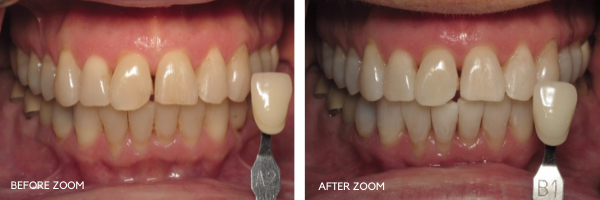
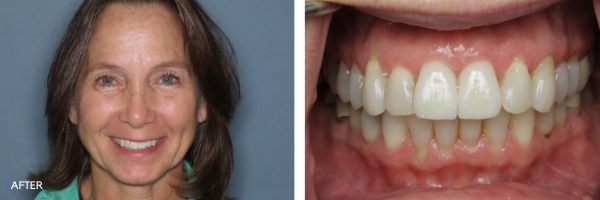

 When teeth and gums are not properly cared for, bacteria builds up, causing plaque to form and inflaming the gums. When gums become inflamed, bacteria can easily sneak under the gums and enter the bloodstream. Bacteria in the bloodstream can infect tissues throughout the body and make you sick.
When teeth and gums are not properly cared for, bacteria builds up, causing plaque to form and inflaming the gums. When gums become inflamed, bacteria can easily sneak under the gums and enter the bloodstream. Bacteria in the bloodstream can infect tissues throughout the body and make you sick. During cold and flu season, vigilance is your best defense. In addition to healthy eating, routine handwashing and getting enough sleep, it’s important to practice good toothbrush care. At Eggert Family Dentistry, we recommend tossing your toothbrush after any cold or flu to avoid the likelihood of reinfection. We also recommend washing your hands before you brush and floss, rinsing your toothbrush well and allowing it to air dry after each use and keeping family members’ toothbrushes separate from each other in order to avoid cross-contamination. And regardless of the season, don’t ever share a toothbrush!
During cold and flu season, vigilance is your best defense. In addition to healthy eating, routine handwashing and getting enough sleep, it’s important to practice good toothbrush care. At Eggert Family Dentistry, we recommend tossing your toothbrush after any cold or flu to avoid the likelihood of reinfection. We also recommend washing your hands before you brush and floss, rinsing your toothbrush well and allowing it to air dry after each use and keeping family members’ toothbrushes separate from each other in order to avoid cross-contamination. And regardless of the season, don’t ever share a toothbrush!